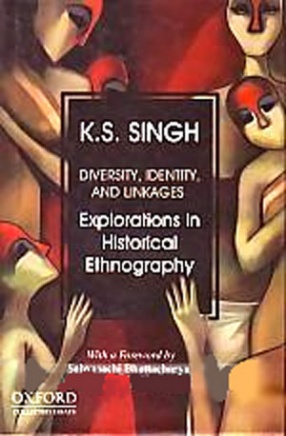
K S Singh

Showing all 22 books

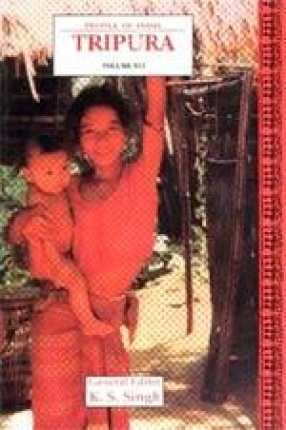

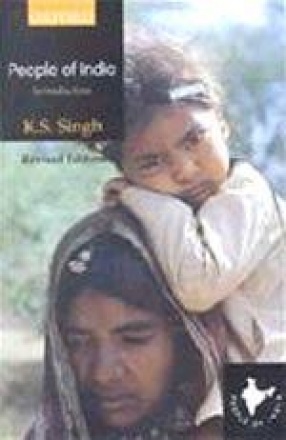




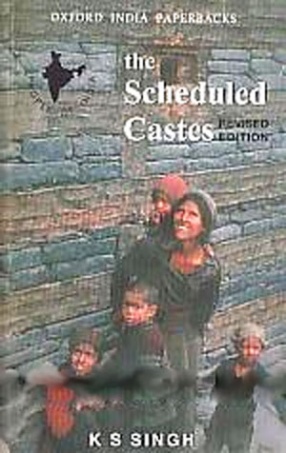

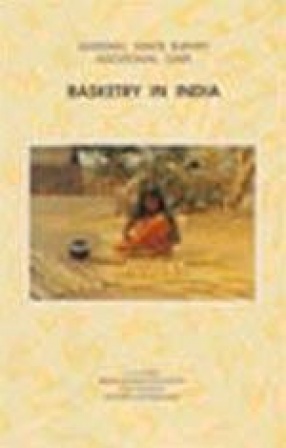
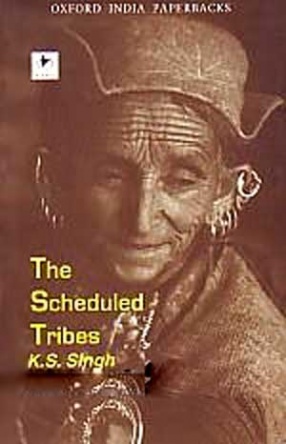




Straddling myriad worlds, this book looks beyond the anthropological adding a historical dimension to the groundbreaking People of India project. What results is an exploration into diversities—biological, ecological, linguistic, and ethnic—and affi nities among different communities in India.
The first few essays discuss indigenous traditions of ethnography as well as the ethnography of indigenous traditions. Looking at texts like the Mahabharata, ...

The People of India project, a massive exercise carried out by the Anthropological Survey of India, has generated a wealth of information on the hundreds of communities which exist in this country. These communities are presented in an alphabetical order for easy reference, and the subjects covered in each case include culture, location, language, script, biological variation, food habits, rituals, work practices, educational level and the impact of development. ...

The Anthropological Survey of India launched the People of India project on 2nd October 1985 to generate an anthropological profile of all communities of India and to highlight the impact on them of change and the development process and the links that brought them together. As part of this all-India project the ethnographic survey of Tripura was taken up for the first time. Seventy-eight communities were identified and studied. Tripura combines the ethnographic ...


This book is part of the prestigious people of India (POI) project launched in 1985 to generate a brief, descriptive anthropological profile of all the communities of India, studying the impact on them of change and the development process, and the linkages that bring them together. This revised edition of the first volume in the series serves not only as an introduction but also as a summing up of this project. Field studies of sixty-two communities were ...

The present study seeks to study factionalism in Orissa with special reference to an Orissan village, Nuapada, in the district of Ganjam located in the southern part of Orissa, which came into existence in 1936 and is characterized by backwardness and under development. With eight per cent of its population living in rural areas, have, naturally, a rural and agricultural background. Casteism still dominates rural Orissa and the village Nuapada is not an exception ...

Communication as a means of transmission of information and as a process of development underwent a sea-change with the invention of the printing press. It was, however, expedited, strengthened and stabilized with the publication of newspapers. Over the years the Press has played a dominant role in the dissemination of news and information. A magnificent gift to the mankind and highly indispensable, it does a splendid job, performs a crucial role as a ...









This volume in the People of India project is the first comprehensive andsystematic account of India's 461 tribal communities. It is also probably themost complete list of the Scheduled Tribes, a few of which have been identifiedfor the first time.


Tuesday, August 30, 1988 - something undesirable, uncalled for and unexpected happened . The Lok Sabha passed the Defamation Bill, in haste, without taking into consideration the opinion and views of the people, the Press and the Opposition. Never before such an attempt was made by any democratic Government to crub the freedom of the Press, trample the rights of the people and cripple the Opposition. The Opposition challenged the Bill, the Press rose to action ...




